Sidebar
Main Menu
Feeling at Home in Ireland
Visiting Ireland is like visiting a favorite relative. You feel immediately at home, assured of a warm welcome. The Irish are known for their hospitality, and with over 30 million Americans claiming Irish heritage, it is like coming home. I'm not of Irish descent, but if they know you've come to visit from "America," you will feel part of the family! There is that bond with the people from "across the pond."
Did you ever wonder how many Irish people migrated to America? How did it all start?
You may know of the Irish Potato Famine that killed a million people in Ireland and drove several more million to migrate to American in the mid-1800s. Mass migration started in the mid-1700s, then in the mid-1800s until the 1930s to escape poverty and religious persecution.
In the mid-1800s, one-third of all migrants in American were Irish. The population of Ireland fell from 8.2 million in 1841 to 4.7 million by 1891. Ireland never recovered its lost population with only 4.9 million people today.
The Jolly Irish Stereotype
Many might know the Irish as being British. That might be true or partially true. Irish history goes back thousands of years before England ever set foot on the island.
For thousands of years, the Celts ruled many parts of Europe until the Roman conquest. The Celts resettled in the west, where that culture continued to flourish. Today there are two groups of Celts: The British Celtics, which include the Welsh, Cornish, and the Bretons in Brittany in France. The second group is the Gaelic Celts, including the Irish, the Scots, and Manx (from the Isle of Man).
Note that the Irish pronounce Gaelic the way most Americans would say it, as in "gay-lick." The Scots, on the other hand, speak Gaelic as in "gah-lick" like garlic. The Scots and the Irish have strong opinions of each other, so don't ever say they are the same or even distantly related! I've not been to the Isle of Man, so I can't give you first-hand anecdotes about them.
The Irish stereotype is that they are very friendly. You will know this to be confirmed as soon as you land in Ireland. They're known for their love of music in song and dance and their wit and self-deprecating humor. Most of all, they love having a good time, holding numerous festivals, the biggest and the most loved worldwide. The Irish are well known for their fondness for adult beverages. The Guinness Stout is well known, as well as whiskey distilleries of Jameson and others. Note that in Ireland (and the U. S.), they spell the word whiskey with an "e." In Scotland and Canada, it's whisky without the "e."
Consequential Events
I enjoy reading about the history of countries that I visit and how it shaped the people's character and the country's future. Economic hardship marked Ireland's history due to religious conflict all through the late 1990s.
The conflict between Irish Catholics and the British Protestants of Northern Ireland is a recent past for many people and will permeate your visit there.As you go around Ireland and Northern Ireland, here are a few things you might want to know.
- The Role of Christian Monks: Christianity came to Gaelic, Ireland, around 400 AD. St. Patrick, the patron saint of Ireland, appeared around 500 AD. He was not Irish but was captured and imprisoned by the Irish. Later released, St. Patrick returned to his native England and was ordained. He returned to Ireland as a missionary and converted the Irish to Christianity. He was not technically a monk, but his lifestyle was that of one. Christian monks appeared in around 600 AD. They adopted specific ancient Celtic ways and changed Irish society. Irish monasteries developed to become learning centers with scribers producing many church and classics manuscripts, which were taught and spread through the Anglo-Saxon world. It was interesting to me because I went to Catholic School growing up, and, at that time, there were many European priests and nuns. Many of the priests were Irish.
- Viking Settlements: I've not seen an actual Viking settlement outside of Scandinavia. The Vikings had the reputation of being adventurers, pillaging neighboring countries. Ireland and England suffered during Viking raids' waves in the late 700 AD and early 800 AD. They settled and became traders, working with the Irish and the monks, and the community. The tower in the photo above was one way the Irish monks tried to outfox the Vikings. Note the high windows, which made people and goods inaccessible to raiding Vikings.
- The Norman Alliance: The Normans invaded in 1169 and partially conquering the island. The Irish Gaelic pushed back, and Ireland experienced a resurgence of Gaelic culture. Years later, the Normans formed an alliance with the Irish against the British.
- Britain's Late Conquest: Despite England's earlier conquest, the British did not take control over the island until the 1600s, having been pre-occupied with their internal struggles (War of Roses). It took a century to conquer and assimilate the Normans and Gaelic territories into the Kingdom of Ireland. It became part of the British Empire in 1601.
- The Protestants and Catholics: Divisions between the landlord Protestant minority and impoverished Catholic majority were a recurring theme. The dissenting Norman Protestants joined the Catholics against the British, which resulted in both of them suffering political and economic consequences.
- The Great Potato Famine: Ireland became a colony of Britain in the 1800s. Catholics did not have full rights and could not own land until 1829. A massive blight ruined half the staple potato crop in 1845 and three-fourths of crops in the several years. Starvation killed a million people, and millions more left their homes as refugees and emigrants. The majority of Catholics were tenant farmers and forced to pay rent to landowners or leave. The famine was a significant event in the lives and future of the country.
- The Trouble: After WWI, the Irish War of Independence and Secession began. Ireland was granted free state status, excluding six counties now called Northern Ireland. Northern Ireland was a historical fault line dividing society, Catholics versus Protestants, rich and poor, landowners and tenants. The Trouble in 1968 continued for 28 years, finally ending in the Good Friday Agreement in 1998. It was a historical agreement that marked the future of Ireland.
Best Sites in Dublin
To complete your visit to Ireland, I would spend more time on a coastal tour of the island. I would allocate a day or day and a half for a day tour of Dublin. Trinity College, the Library, and Book of Kells are Dublin's best sites. Depending on your interest, you could do a distillery or Guinness tour.
St. Patrick's Cathedral is a modest church relative to its stature around the world. Founded in 1192, the Church was near ruins until its reconstruction between 1860-65, funded by Benjamin Guinness, founder of Guinness Stout,
You will see the Celtic Cross, carved in stone, found near the Church in the 19th century. The stone carving is circa 1192.Coastal Tour
One of the best things we did in Ireland was to tour the coast of Ireland. Two girlfriends and I joined a nine-day bus tour of Ireland with PADDYWAGON Tours. A nine-day bus tour seemed very long to me, with visions of endless road trips and rushed early mornings. I did not plan the itinerary, but I was game considering my two friends came from across the pond and the ocean.
The bus tour took us around the western coast of Ireland from Dublin to Belfast then back. The scenery was incredible, deep blue waters, impressive cliffs, and the greenest pastures where Ireland got its "Emerald Isle" moniker.
My husband had no interest in a bus tour, so he and our daughter flew to Stockholm to take an RCI Cruise of Scandinavia, which I had taken several years ago. After both our voyages ended, we would meet in Hamburg, where we would take a leisurely train trip back to Lyon via Cologne and Luxemburg.
Our Bus Tour
We hauled our luggage to the Paddywagon office filled with tourists looking for their tour buses. Our bus was a 30 seater, and our courageous bus driver was Barry. He was our driver, tourist guide, luggage handler, and entertainer. He was an all-around nice guy and a great and patient tour guide.
There were 29 passengers and a tight squeeze, especially if you were lucky enough to find yourself in the back seats. Most were Americans, but there was an Australian couple, a Peruvian, and a couple of Chinese girls. A few were there for a five-day tour, but the majority stayed for the entire nine days. Oh la la la, we were in the back for the first couple of days until we maneuvered our way up front, as everyone tried to do every morning. Seating was first come, first serve!
Day 1 Dublin-Glendalough-Kilkenny Castle-Waterford City (Exact Paddywagon Itinerary and Narrative)
- The Nine-Day All Ireland tour begins this morning at 9:00 in central Dublin. We'll leave the city behind and drive through rolling countryside to the Wicklow Mountains. Our first stop is the monastery ruins at Glendalough, the Valley of Two Lakes. This is an area of natural beauty, and you'll have time at leisure to enjoy the local walks and trails and take some great photos of the ancient Celtic crosses and round towers (Photo above). Afterward, we'll continue to medieval Kilkenny with its cobbled streets and famous red ale. Potential sights to explore at leisure include the Castle, Cathedral, Abbeys, and Churches, all dating back to the Norman period following the invasion of the 12th Century. This afternoon we continue south to the Viking settlement (Photo above) of Waterford. Not far from Waterford Harbor on the south-east coast, Waterford City is a relaxing spot to spend the evening with some great pubs and seafood restaurants.
Day 2 Waterford City - Waterford Crystal - Blarney Castle - Dingle Peninsula
- Our day begins with a visit to the world-famous Waterford Crystal factory. Stock up on fine-cut glass at the outlet store or pause a while to watch the artisans at work. Afterward, we'll continue with a scenic drive through Co. Waterford and a panoramic drive through Cork city. The highlight for many today is the world-renowned Blarney Castle. Here we spend plenty of time (2 hours) visiting the Castle, with the chance to kiss the Blarney Stone (to receive the gift of eloquent speech, also known as the gift of gab). Surrounded by beautiful and majestic gardens, you may even shop for souvenirs at Blarney Woolen Mills, the world's largest Irish shop. We'll continue on our journey to the Dingle Peninsula and overnight amongst the last parishes before America after lunch.
Day 3 Dingle Peninsula - Slea Head
- This morning we take the short drive to Dingle, a charming Gaelic-speaking fishing village. Famed in many films like Far and Away and Ryan's Daughter, Dingle is celebrated for having the most pubs in Ireland for a town of its size, 52 pubs, and 2000 people. We cannot forget Dingle's most famous resident, Fungi the Dolphin, who we shall have time to visit in the early afternoon. Then it is off on a beautiful pleasant trip around Slea Head with amazing views of Sleeping Giant Island, the Blasket Islands, and Beehive Huts dating back to 2000 B.C. Regarded as the most beautiful peninsula in the world by the many photographic magazines, Slea Head has some of Ireland's most fabulous beaches. It is the highlight of Ireland's famed Wild Atlantic Way. This area is entirely Gaelic speaking, and you may even get to hear some of the locals' conversations in this ancient language. Then it's back to Dingle, where there is ample time for shopping in traditional arts and crafts stores, lunch in one of the many colorful pubs with local musicians playing some mystic tunes. We complete the evening destination at Tralee, where we stay for the next two nights.
Day 4 Ring of Kerry
- Today we embark on the world-famous Ring of Kerry. The day begins on our journey that combines the best of the Ring of Kerry with its emerald pastures and village highlights, including Moll's Gap, Ladies View, Leprechaun Crossing, Killarney National Park, Lakes of Killarney, Torc Waterfall, and much more. Our afternoon is packed with a horse and cart ride through Killarney National Park or horseback ride through the park for the energetic and adventurous or free time to explore Killarney and more.
Day 5 Kerry - Cliffs of Moher - Burren - Doolin - Galway
- Leaving Killarney, our first stop will be a photo of the beautiful Burratty Castle. Today's emphasis shall be the Wild Atlantic Way, visiting Cliffs of Moher, the most popular natural tourist destination in Ireland and most spectacular cliffs in Europe. Rising over 700 feet in height, these cliffs are home to some of nature's most majestic birds, including puffins, gannets, and many more. Doolin, the home of Irish traditional music, is our lunch stop before continuing onwards to explore the Burren, a lunar landscape dating back 300 million years with unique features like underground rivers and waterfalls. Our journey takes us along the West Coast of Claire, and Galway Bay with fabulous vistas of the Aran Islands before stopping at Corcomroe Abbey, one of Ireland's finest examples of the Islands of Saints and Scholars. We overnight in Galway, known as the city of the tribes and Ireland's cultural capital, with a vast array of fine seafood eateries and home to an endless selection of traditional Irish music venues. Galway was also once home of Christopher Columbus, the famous explorer.
Day 6 Galway - Cong - Country Life Museum (Castlebar) - Letterkenny
- After a great night in Galway, our first stop today is the charming village of Cong, famed by John Wayne and Maureen O'Hara in the film, The Quiet Man. The town is home to Ashford Castle, a regular haunt for the rich and famous, and a wedding venue for a host of international stars. We have time to visit Cong Abbey heading off through parts of Connemara to the Museum of Country Life. Here we are introduced to the Irish way of life in this rugged and beautiful part of the country since the 1800s. We watch some of Ireland's finest breakers roll against our Atlantic shores before heading off through the poetic heartland of Ireland, W. B. Yeats country. We visit his final resting place in Drummcliff Abbey and admire the beautiful Benbulben referenced in many of his poems. Our overnight tonight is in Letterkenny in rural Co. Donegal.
Day 7 Letterkenny - Glenveagh National Park - Derry - Letterkenny
- Begin today with a tour of Glenveagh, Ireland's premier National Park. Here we take the opportunity to enjoy nature with lakeside walks and a visit to Glenveagh Castle. Onwards to Grianan of Aileach, a hilltop fort, 3000 years old with a panoramic view of 5 of Ulster's counties and legendary stories from every era of Irish history. Then it's onwards to Derry/Londonderry for an excellent in-depth walking tour of Derry's walls (1613) and the well-known Bogside district famed in the U2 song "Bloody Sunday" after the tragic event of January 1971. Enjoy the afternoon at leisure with time to explore Derry before returning to Letterkenny for a relaxing evening.
Day 8 Letterkenny - Giants Causeway - Glens of Antrim - Belfast
- Today we cruise the beautiful North Antrim Coast to the world-famous Giants Causeway. Its 37,000 basalt columns form stepping stones leading from Ireland to Scotland and are featured in the Celtic legend of Fionn MacCool. Afterward, we'll continue along the coastal route, with fantastic views of Whitepark Bay and through part of the Glens of Antrim. Overnight in Belfast.
Day 9 Belfast - Dublin
- We begin the day with a city tour of Belfast's highlights, including City Hall, Queen's University, Botanic Gardens, and much more. Together we'll visit Titanic Belfast, a fascinating exhibit housed in the very docklands where this most famous ship was built and launched before her tragic maiden voyage. You will also have some time at leisure. Many guests will take a Black Taxi tour of the political murals and, of course, the Peace Walls, which divide the Catholic Republican from the Protestant Loyalists communities. Enjoy time for lunch and shipping downtown. We'll depart Belfast around 14:00-14:30 to stop at Dublin Airport at 16:30 and finish in Dublin at 17:00.
We say goodbye to Ireland, happy we made the trip and knowing we will be spreading stories and pictures of a hospitable people and wonderful country.
Check out other stories in Europe and around the world as I continue to traipse the globe. I'll be in Edinbourg and Leipzig next!
When you subscribe to the blog, we will send you an e-mail when there are new updates on the site so you wouldn't miss them.
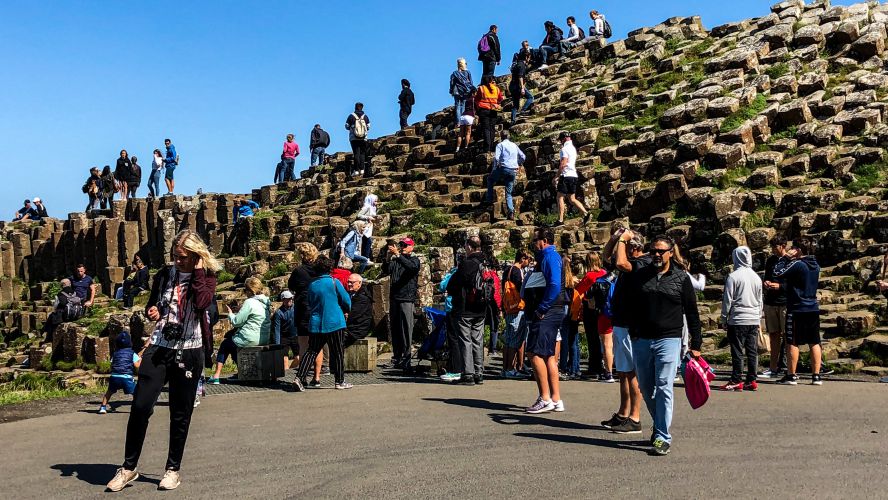
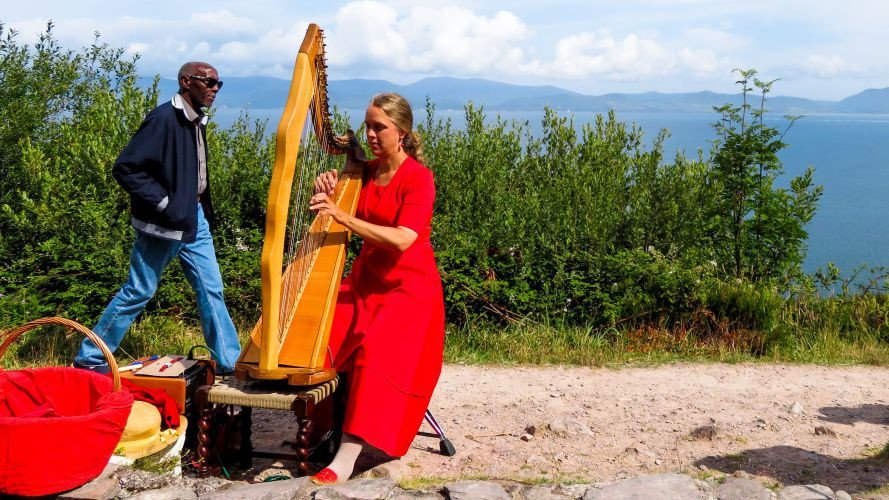
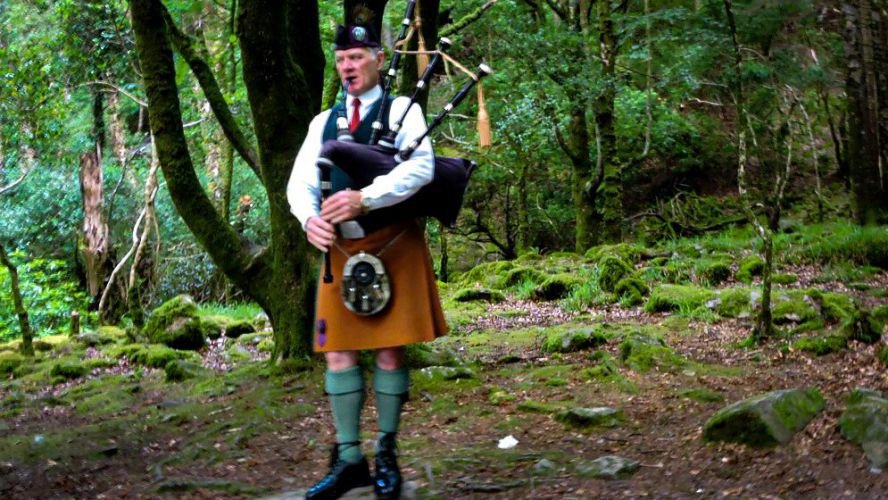
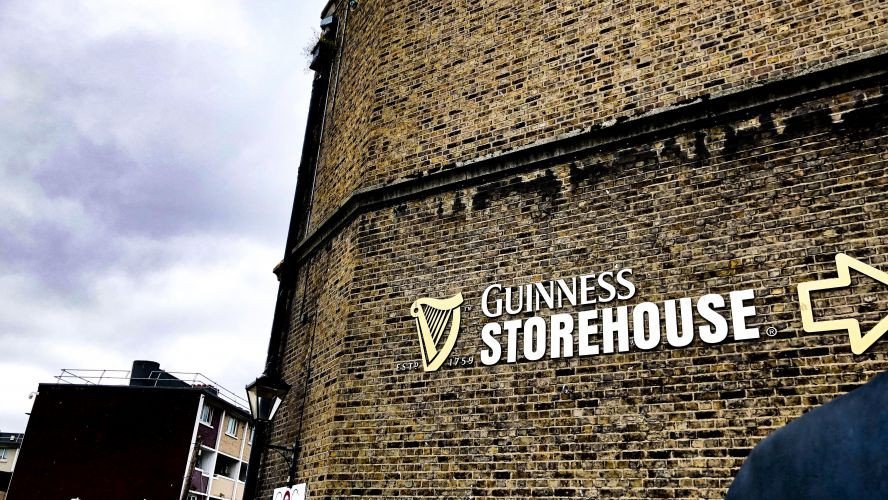
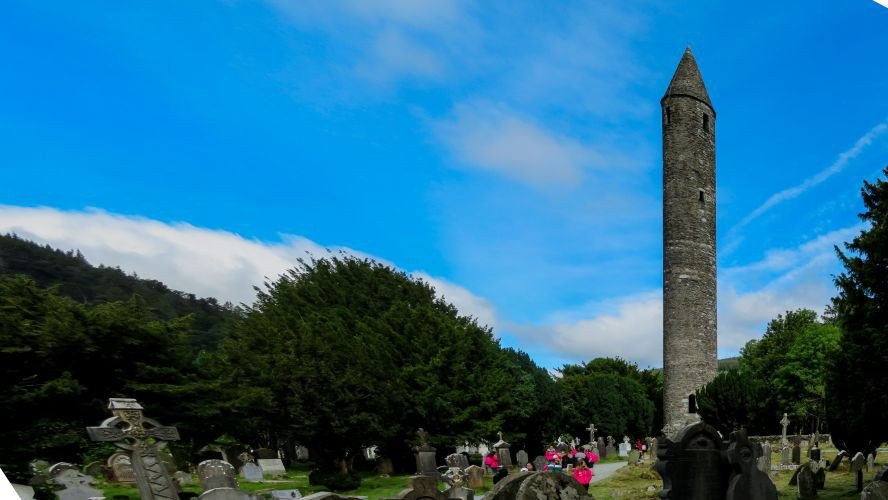
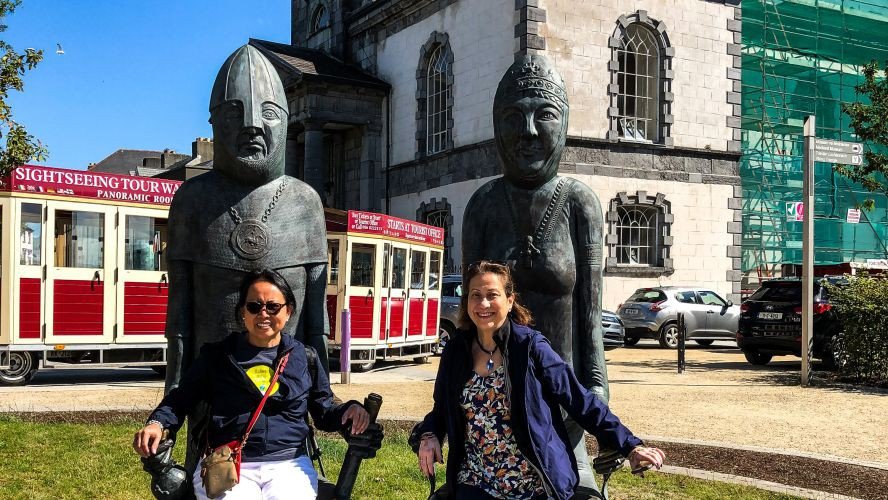
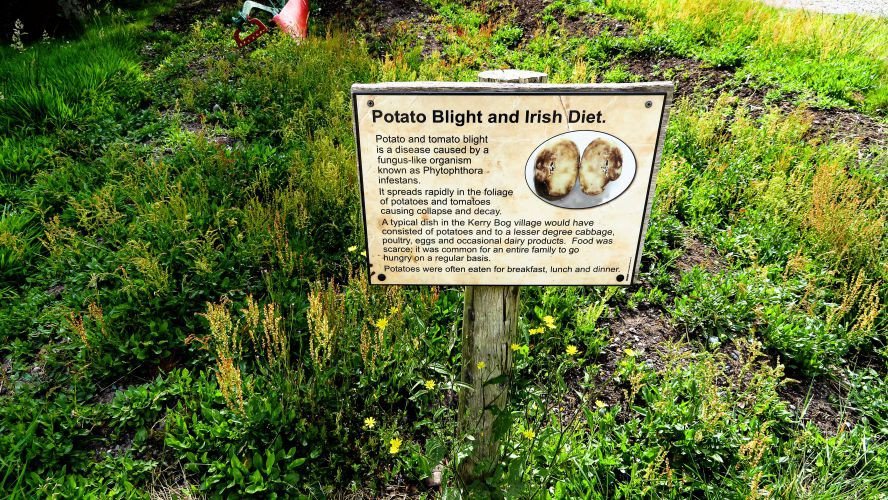
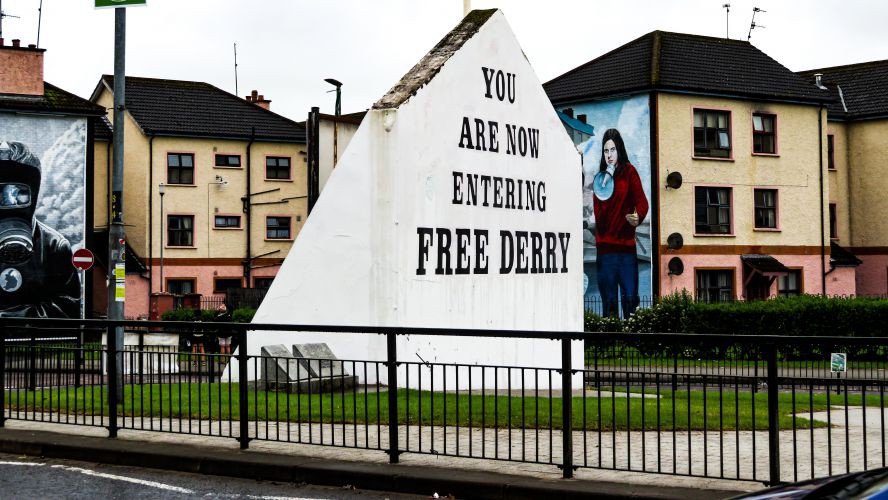
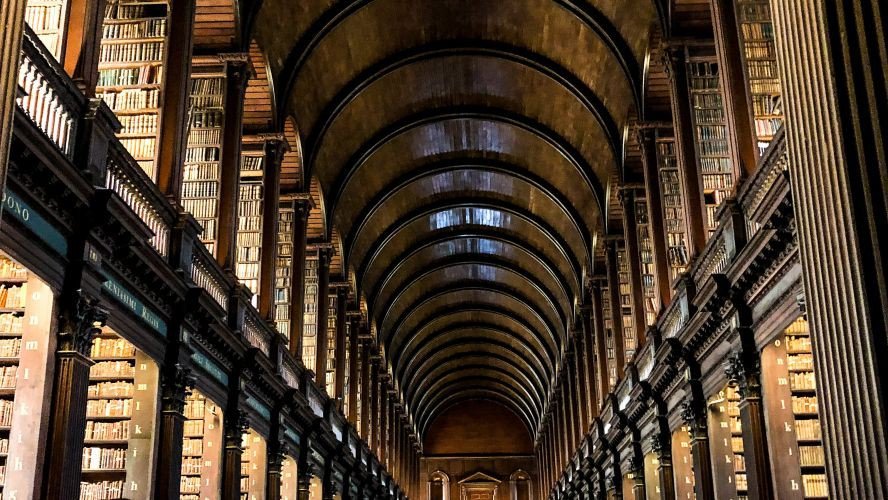
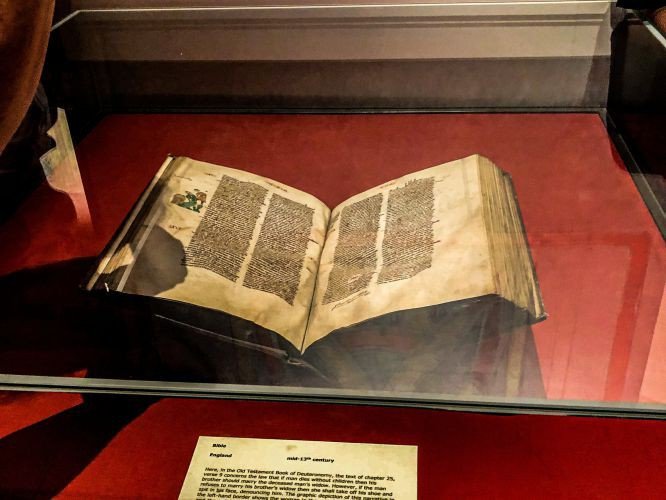
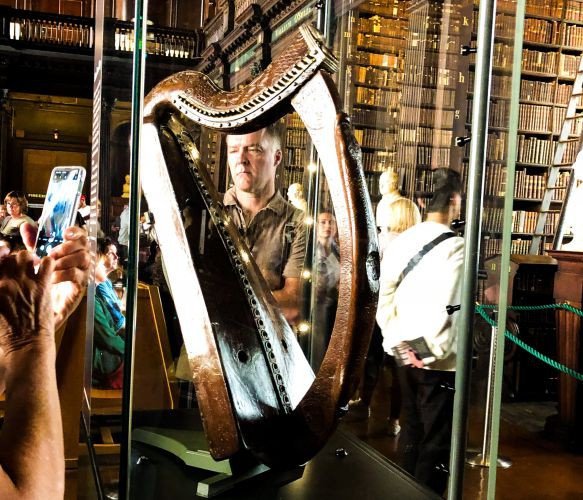
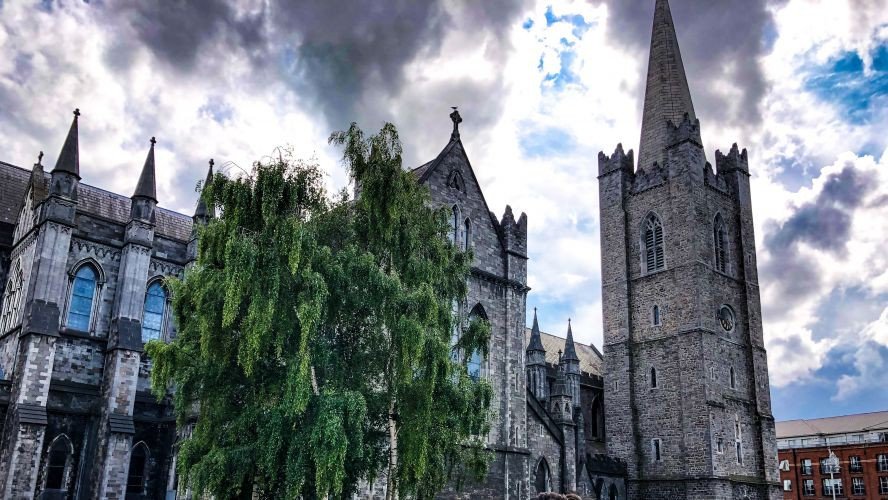
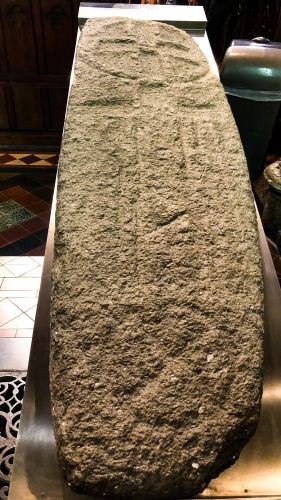
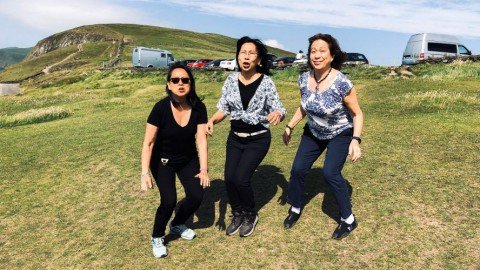
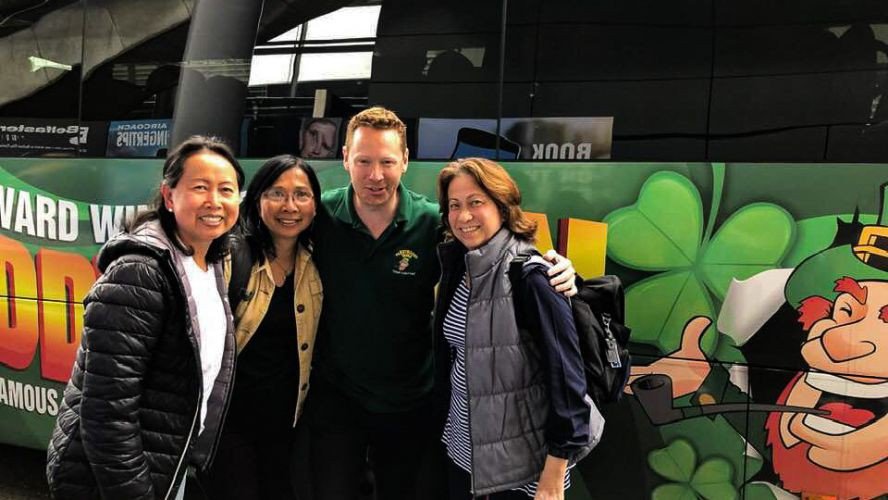
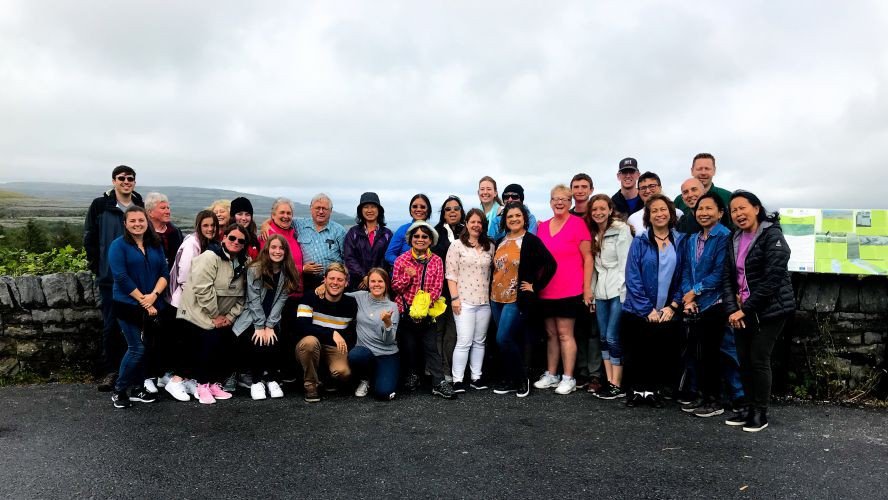
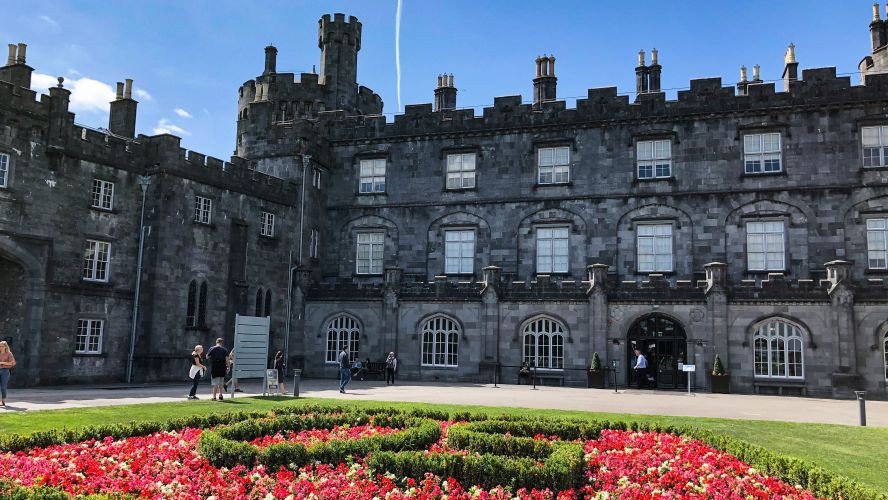
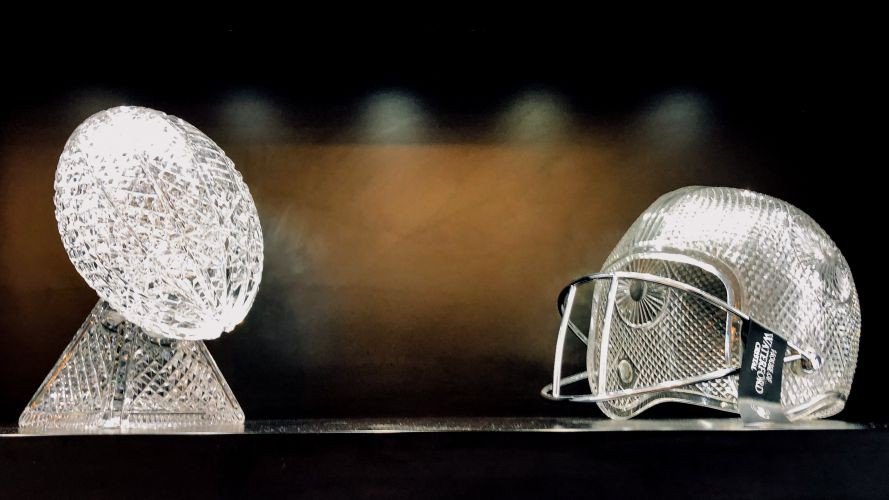
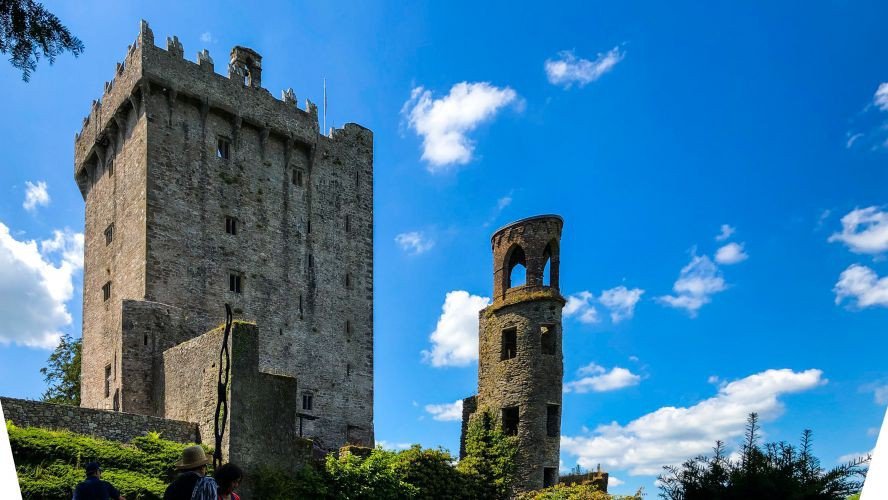
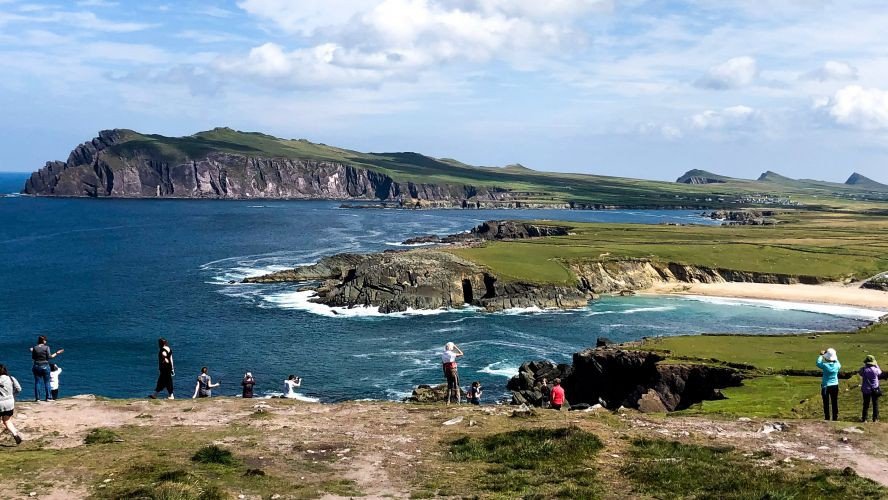
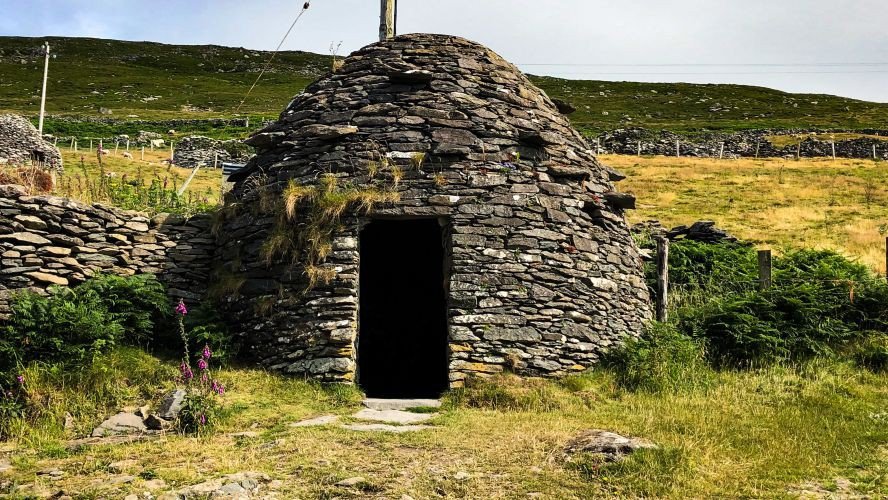
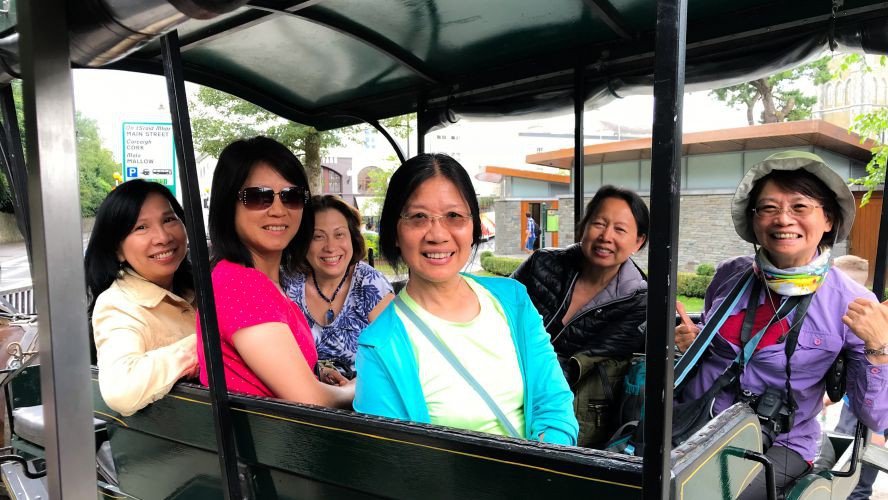
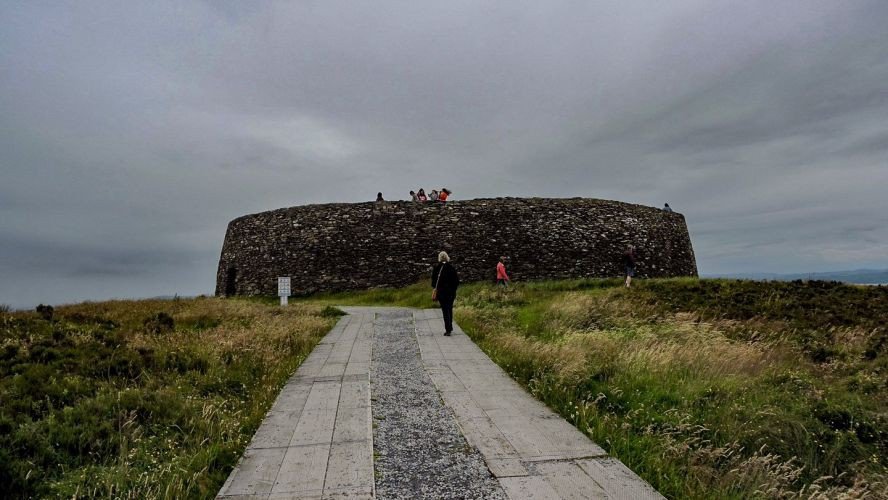
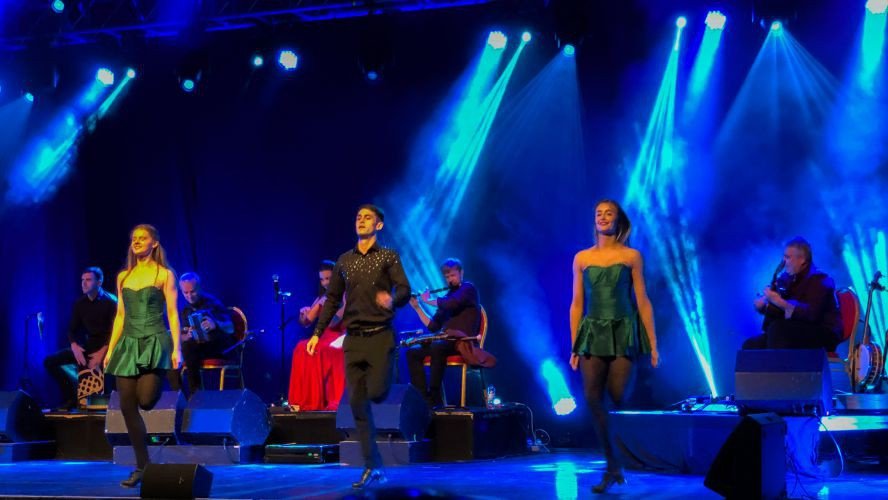
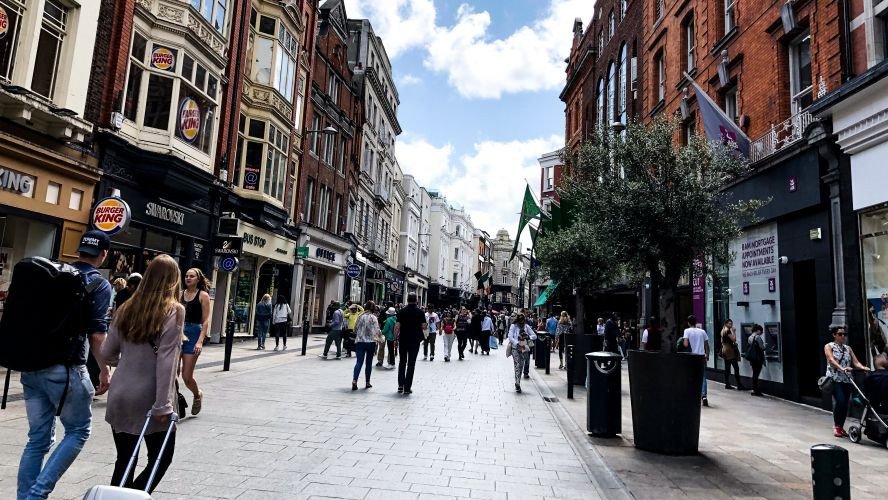
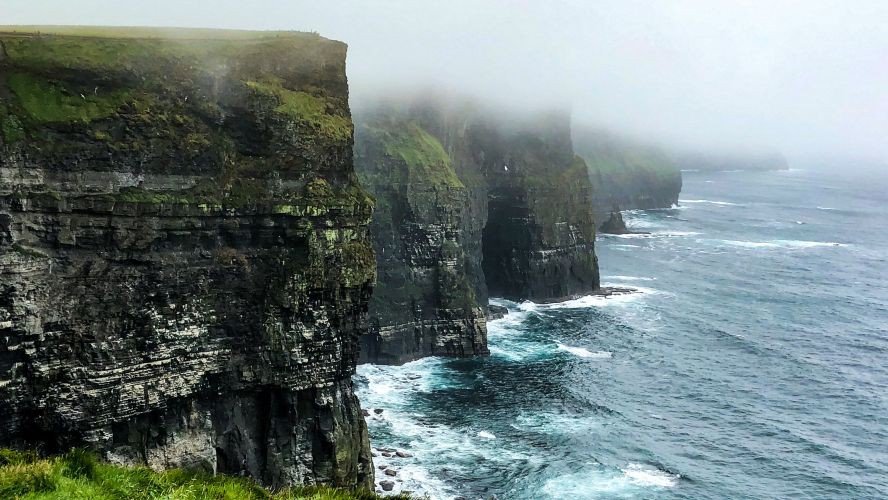
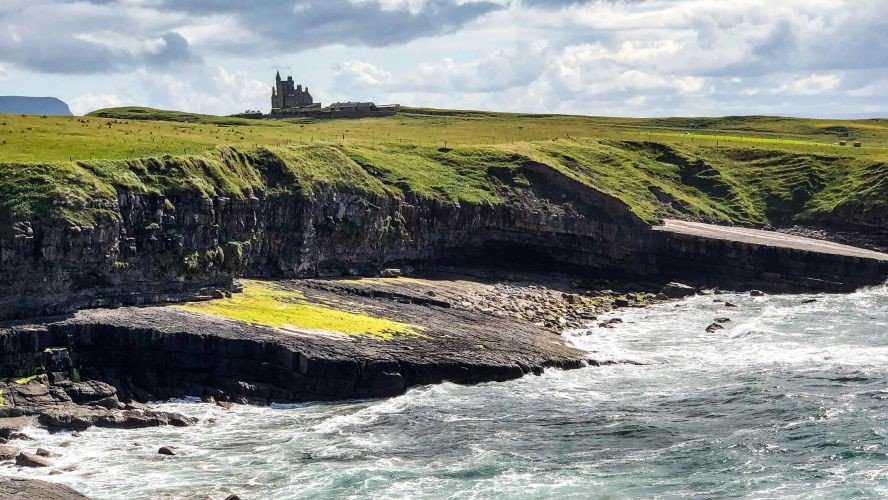
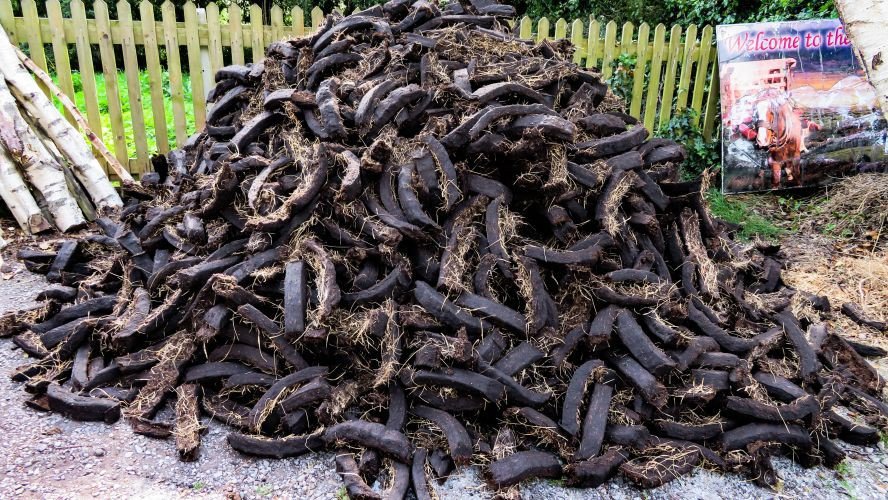
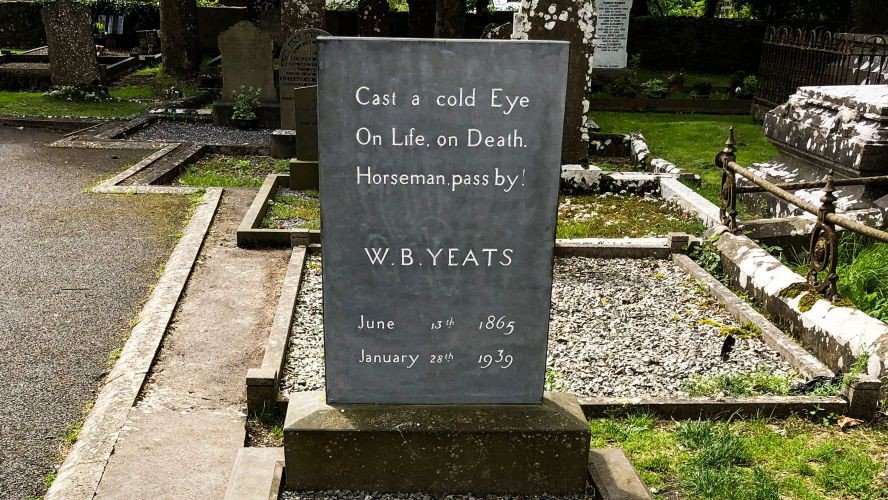
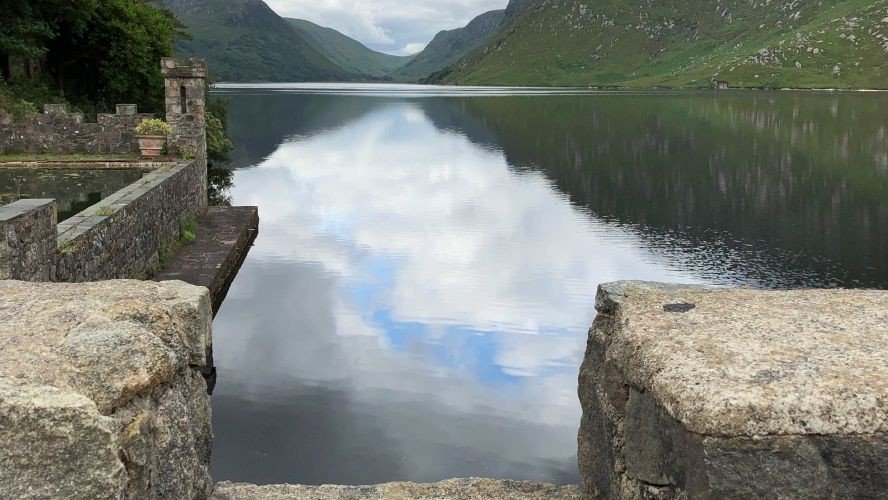
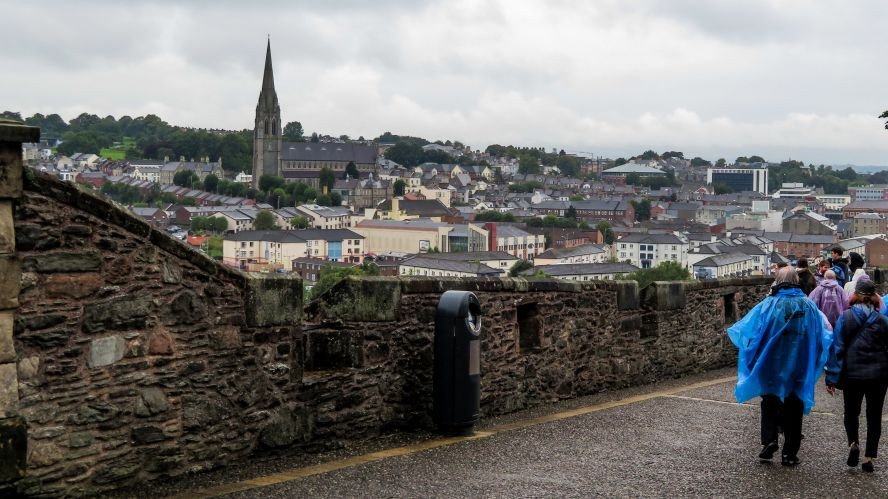
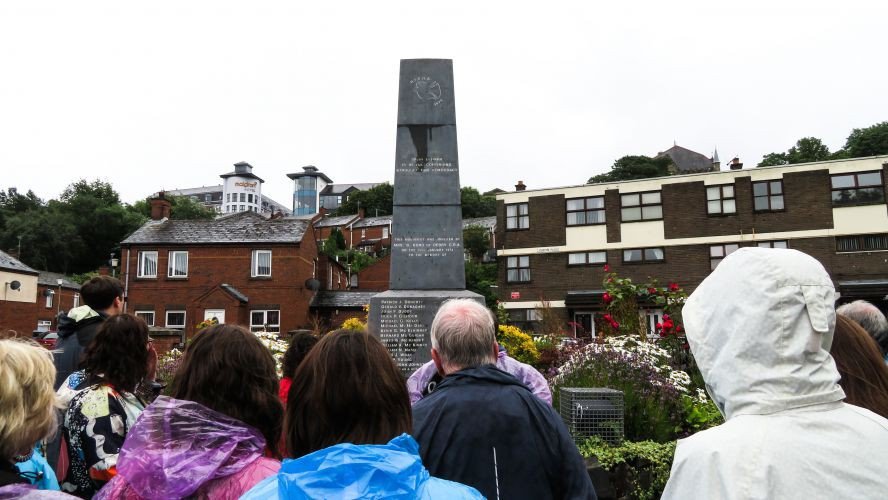
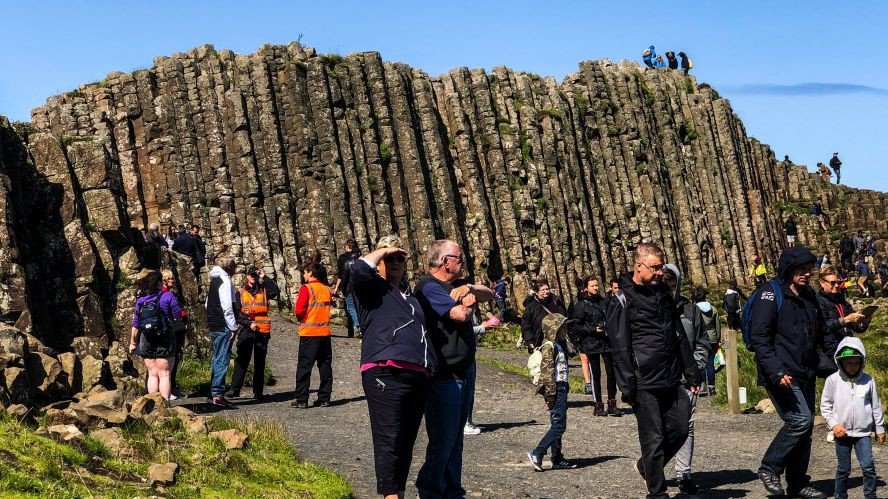
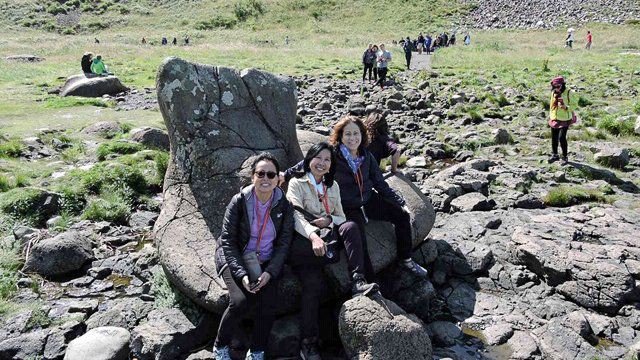
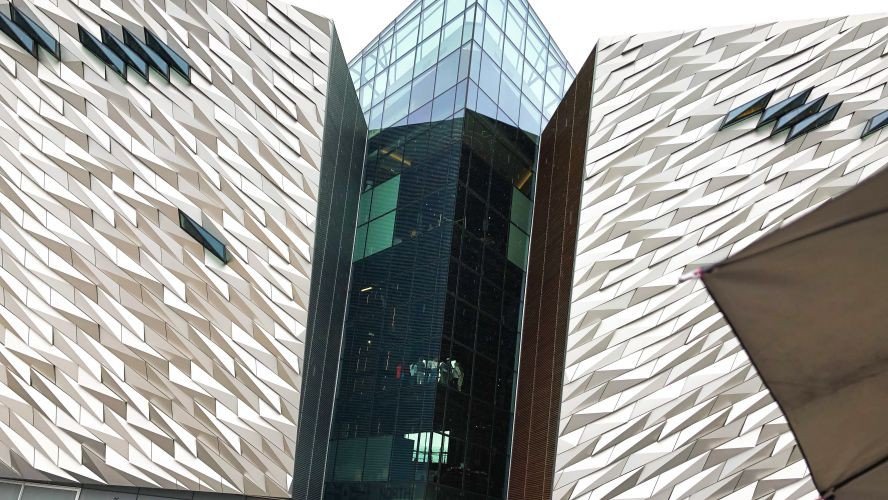
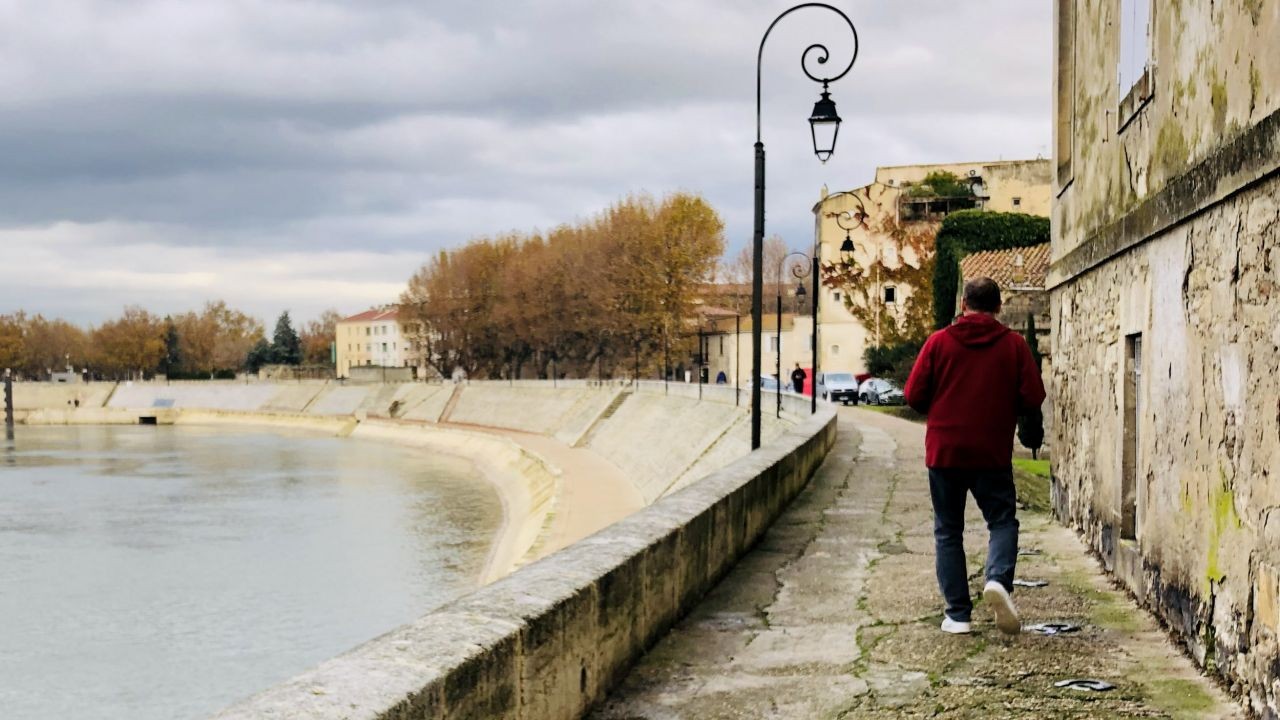
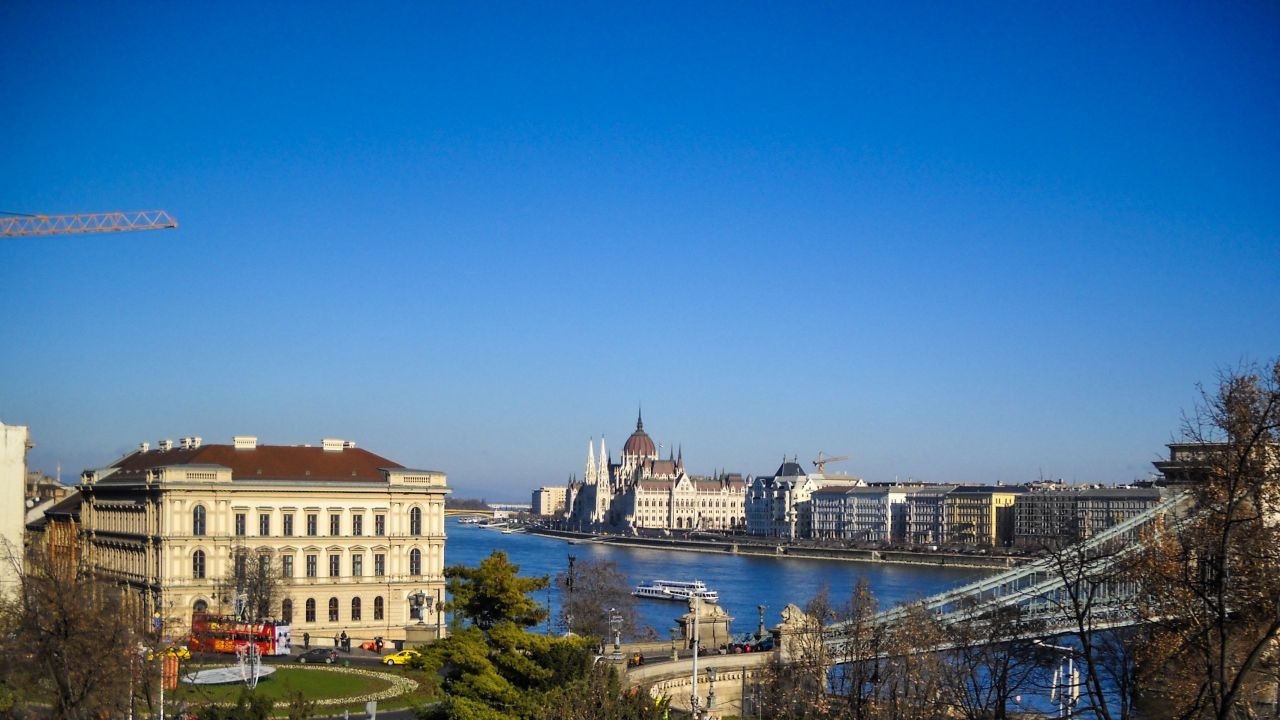

Comments